St. Francis de Sales
135 East 96th Street
Truly the years between 1890 and 1920 were the golden age of the Archdiocese of New York – and the golden age of Catholic church architecture as well. It seemed that every new parish was seeking some distinctive architectural expression to set it apart from its sisters: Gothic (in several different styles – Venetian, French, English, German!), Roman baroque, French baroque, Byzantine – all have spectacular examples from this era. This was, however, the great age of American Beaux-Arts Classicism. After its triumph at the 1893 Chicago Exposition it became the dominant style for civic architecture (Columbia University, the New York Public Library, the Metropolitan Museum of Art, Grand Central Station etc.). It was an imperial architecture appropriate to a great age of national achievement – so it was felt in the United States and elsewhere in the world. It left its mark on the ecclesiastical architecture of the period as well. Combining neoclassical, Renaissance and Baroque elements it was the style of choice a a number of New York Catholic churches in this period. And there is no better example that St. Francis de Sales on East 96th Street.
St Francis de Sales is a fine example of the great expansion of the Catholic Church in New York in this period. Founded in 1893, by 1904 the parish church was already finished (although obviously elements of the decoration were filled in subsequent years – the (former) altars refer the Great War). 1) Yet as is so often the case in these years, all elements of the architecture, stained glass, sculpture and decoration blend into a harmonious whole – a Gesamtkunstwerk!. The exterior may seem restrained – yet the two metal bay windows and the skillful utilization of the difficult sloping site show that classicism by no mens excludes creativity. The interior is an entirely different matter. Simple in form – just a rectangle – and modest in its dimensions, it is nevertheless spectacular example of resurrected Italian Renaissance architecture. Light, airy and amazingly colorful St Francis de Sales church has a festive quality we do not necessarily associate with classicism. The stations of the cross are among the best on New York, the stained glass by F.X. Zettler of Munich sets just the right accents. What an amazing change from the fantastic Gothic of Our Lady of Good Counsel parish – just a few years older and a few blocks to the south! What a contrast too to the grim colorless spaces so often associated with this style! The church of Our Saviour’s (1959) and the new St.Agnes (1998), which are subsequent attempted recreations of a Renaissance/classical style, only illustrate the deteriorating aesthetic sensibility of New York Catholics.
Regrettably, the church builds up to a void: the sanctuary of St Francis de Sales has undergone a thorough conciliar restoration. Isolated statues,a reliefs and pieces of altars remain but the totality has gone.
(Above and below) the coat of arms of St Francis de Sales.
St Francis de Sales seem to have carried on over the years without calling attention to itself. Certainly in its early eyers it was flourishing parish with many organizations and a large school. This parish’s most honored son is James Cagney. His family moved to this neighborhood – then a tough one – from the East Village when he was 2. He was confirmed and was an altar boy at St Francis de Sales. When when he died so many years later in 1986 he specified that his funeral would place at his boyhood parish. The pallbearers included Mikhail Baryshnikov and Ralph Bellamy. 2) It shows how different was the prior understanding of the Catholic parish – an individual home to which one might finally return after so many wanderings. Utterly different is the current approach: the parish as an anonymous subunit of the archdiocese – to by opened or dissolved as the traffic requires – a kind of Catholic bank branch or MacDonald’s.
Recent years have not necessarily been kind to this parish – although the church building itself is in splendid condition. Like many Manhattan parishes it became heavily Hispanic. Whereas in Cagney’s day the whole region north and south of the church was a somewhat rough working class area, later 96th Street East of Fifth Avenue and Madison became an impenetrable boundary between Harlem and the (greatly expanded) Upper East Side. St Francis de Sales was just on the (wrong) side of this no-man’s land. In 2007 the school closed – after merging with St Lucy’s school, then experiencing initial success and finally succumbing after controversy.
“A long-shuttered parochial school on East 97th Street will reopen in September (2011 – SC) with new classrooms for a prestigious private school…. The school’s building is now being transformed into gymnasium, science labs and arts classrooms for the Marymount School, an independent Catholic school for girls where tuition costs $35,000 a year.” 3)
Now the parish’s neighborhood is rapidly changing. St Francis de Sales parish likes to think of itself as also being in “transformation,” as “vibrant, modern, hopeful, diverse and welcoming to people of all backgrounds and inclinations” – with all that implies. From the parish website it is obvious that “Making all Things New” is hovering threateningly over the parish. It would be a shame, however, to lose such a precious jewel – a reminder of a great era when the both the current achievements and future possibilities of the Catholic Church in the City and the United States seemed inexhaustible. 4)
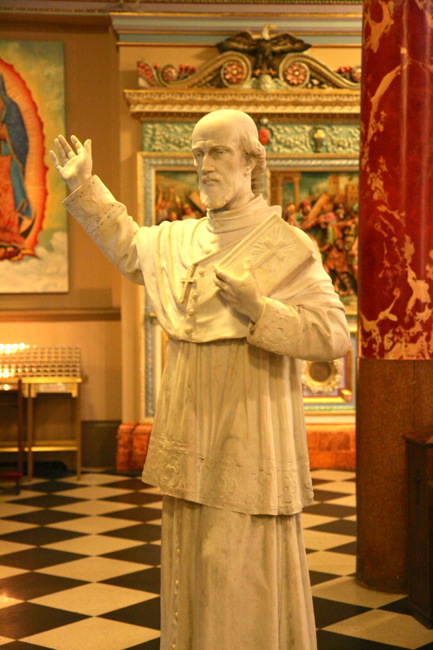
(Above) The patron saint of the parish.
1) The Catholic Church in the United States of America, Vol. 3 at 326. (New York, The Catholic Editing Company, 1914)
2) http://www.sfdsnyc.org; Bahl, Mary, “Jimmy Cagney” (2008)
3) http://www.dnainfo.com/new-york/20110525/upper-east-side/elite-private-school-expands-into-shuttered-ues-parochial-school-space
4) http://www.sfdsnyc.org
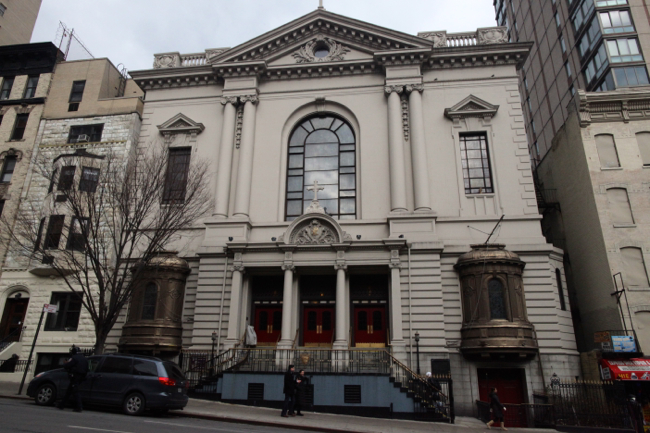
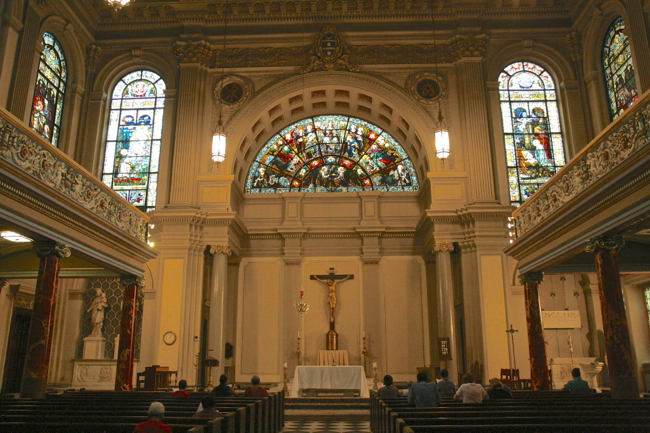
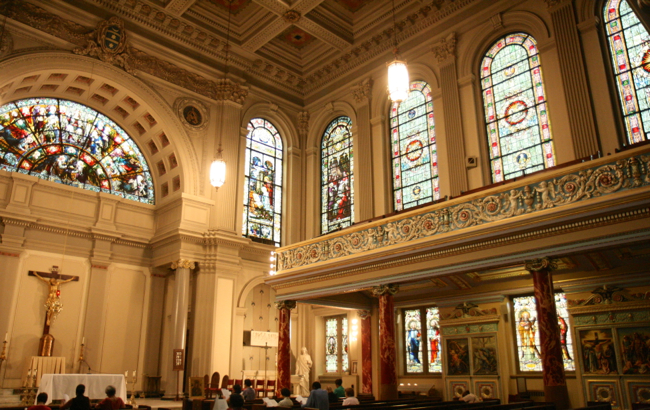
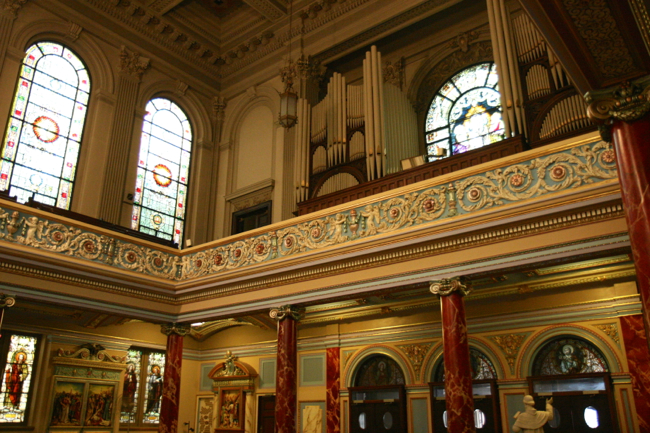
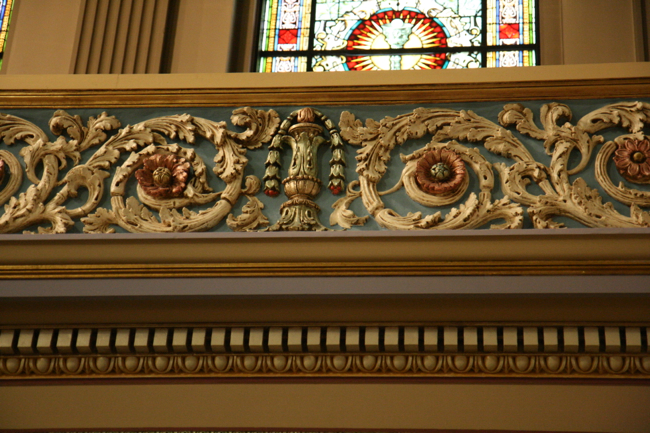
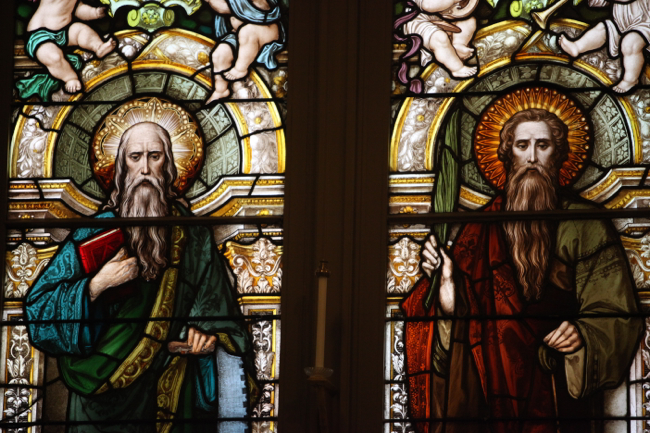
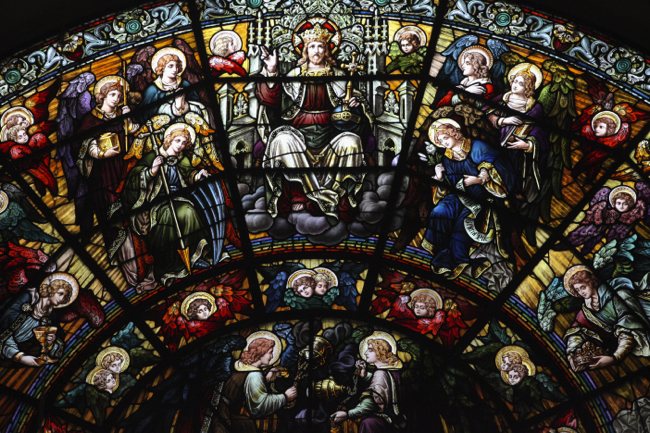
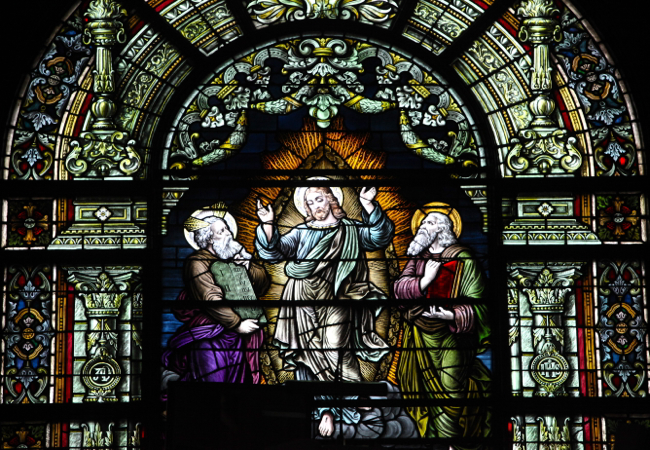
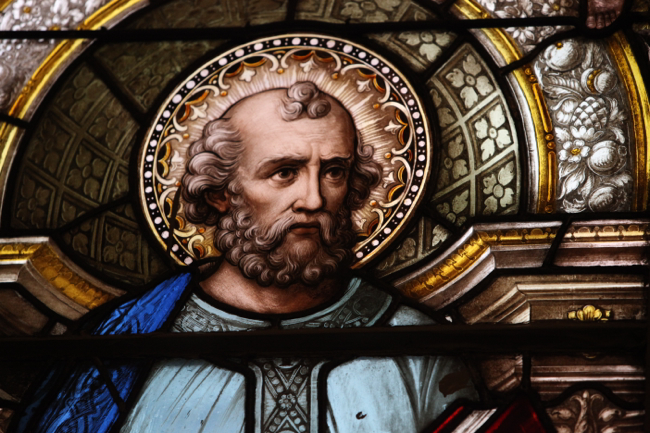
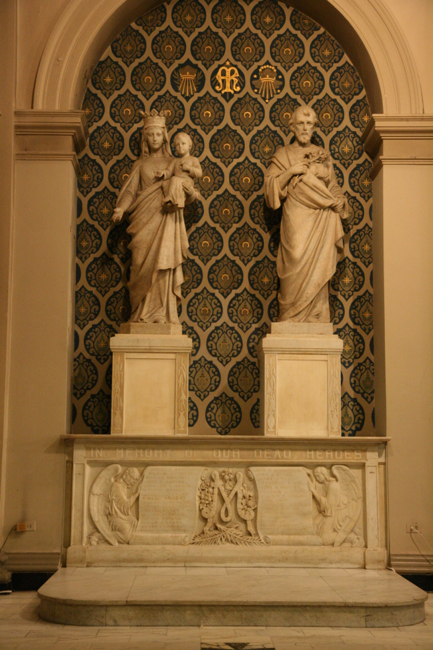
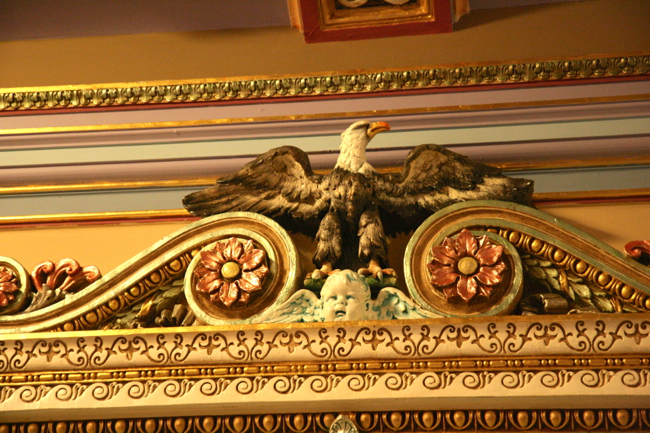
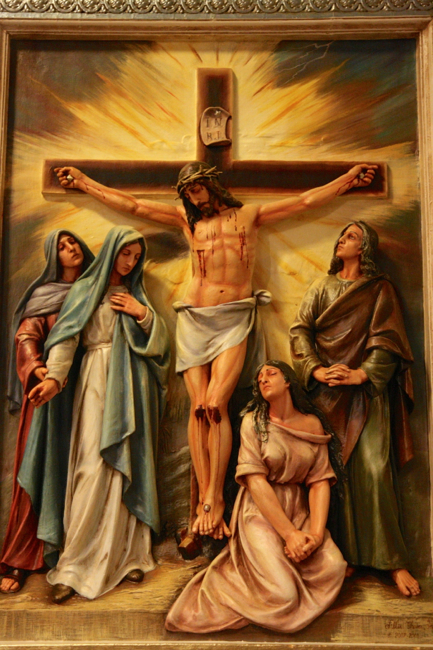
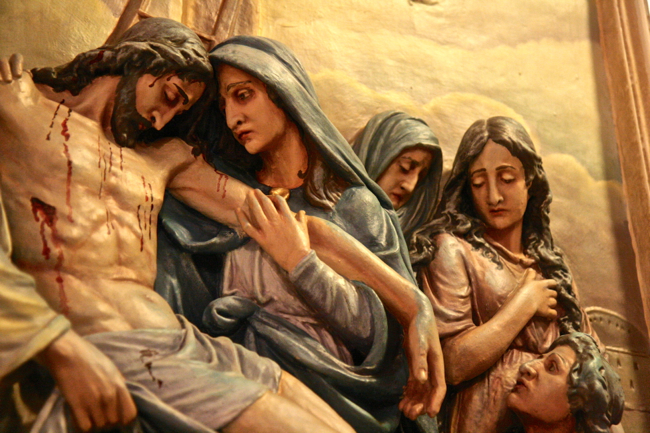
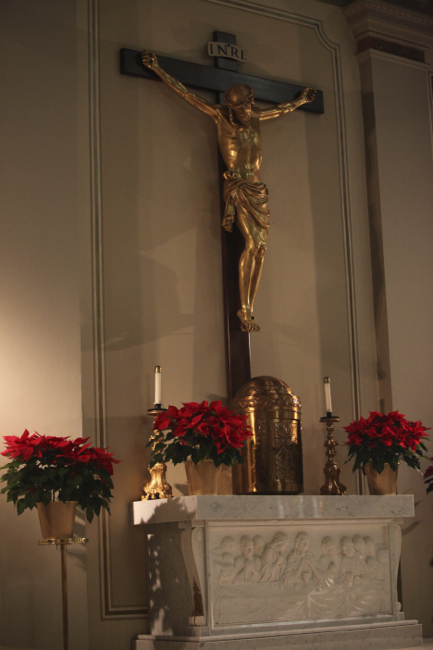
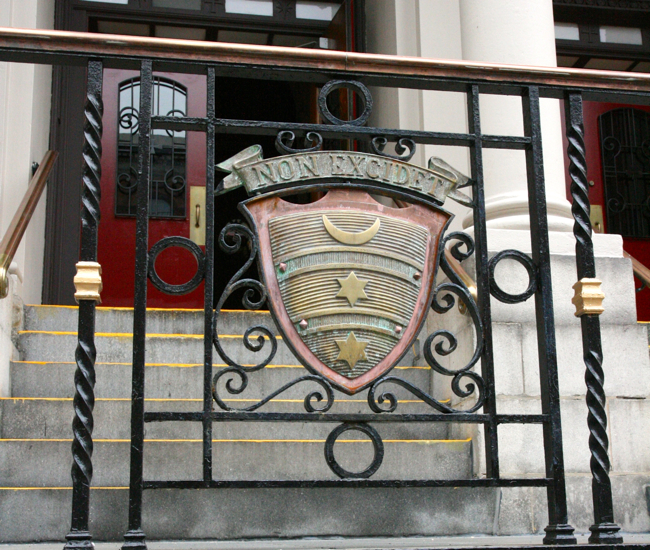
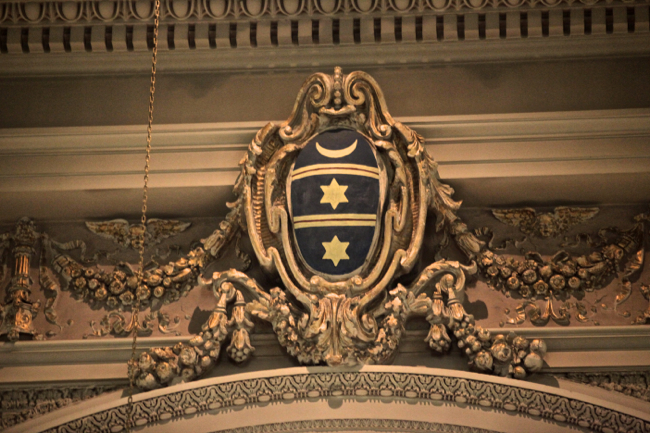
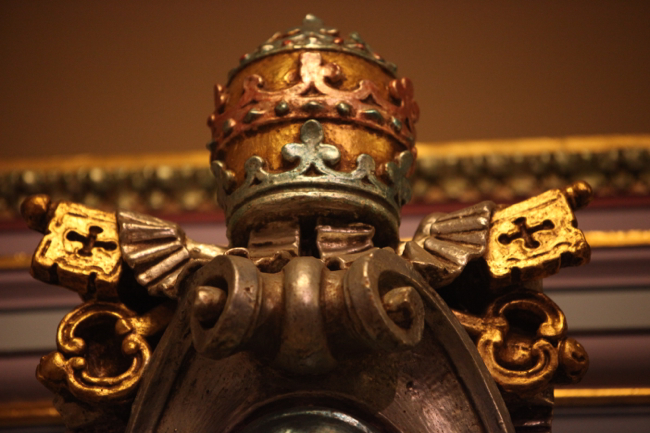
Related Articles
No user responded in this post